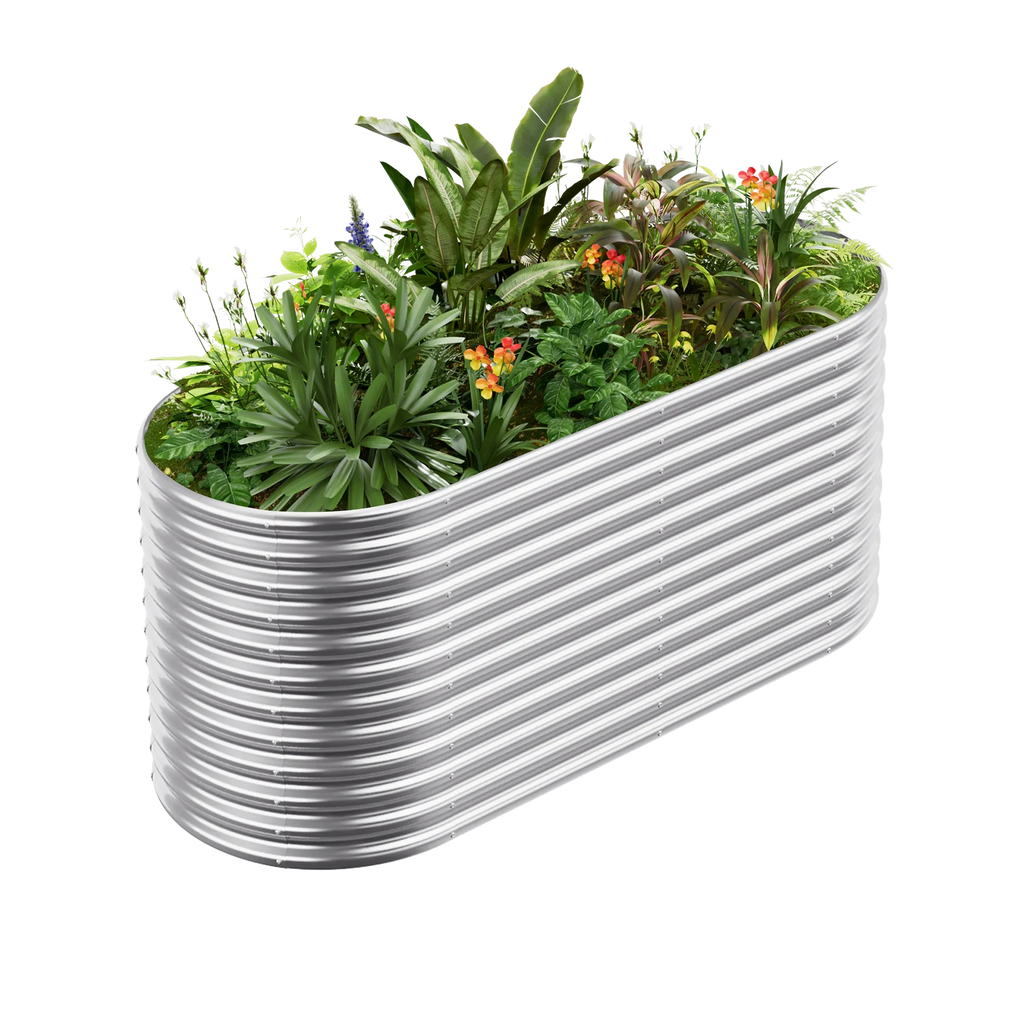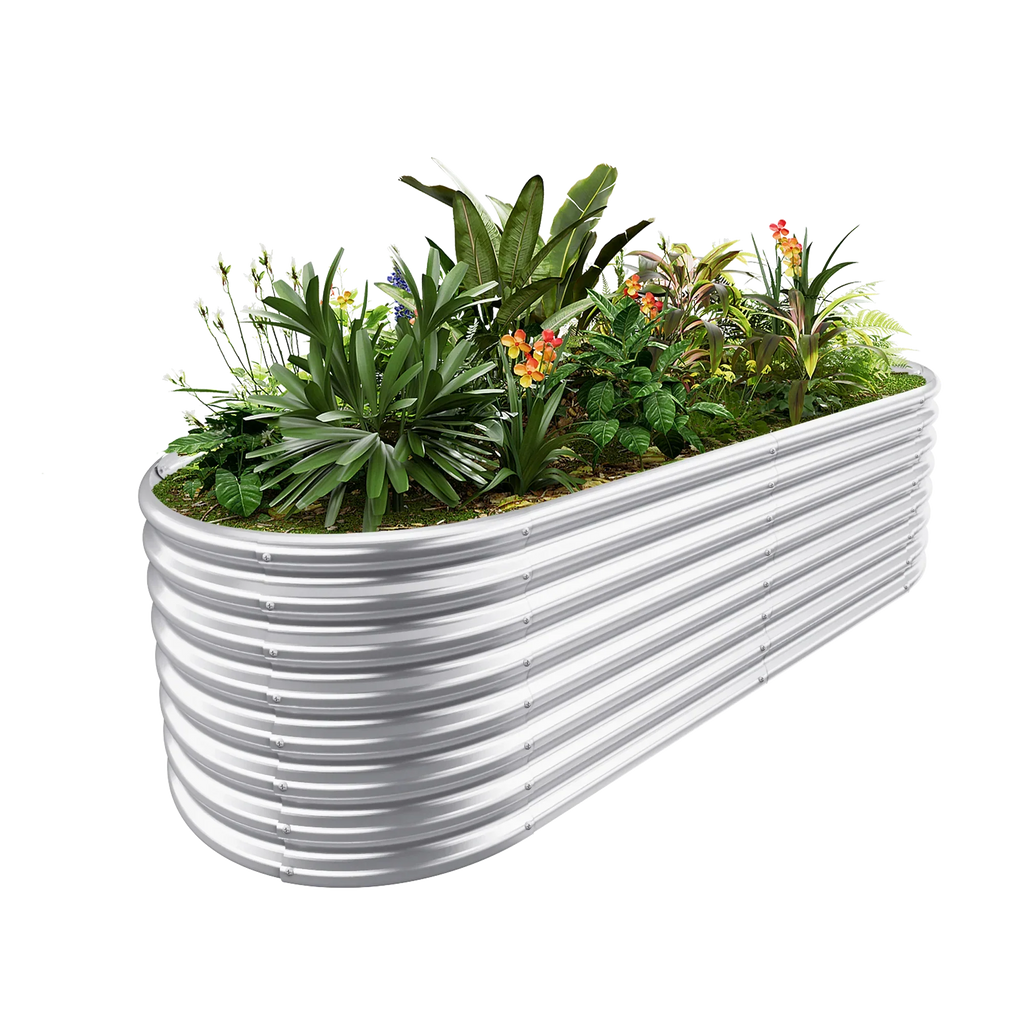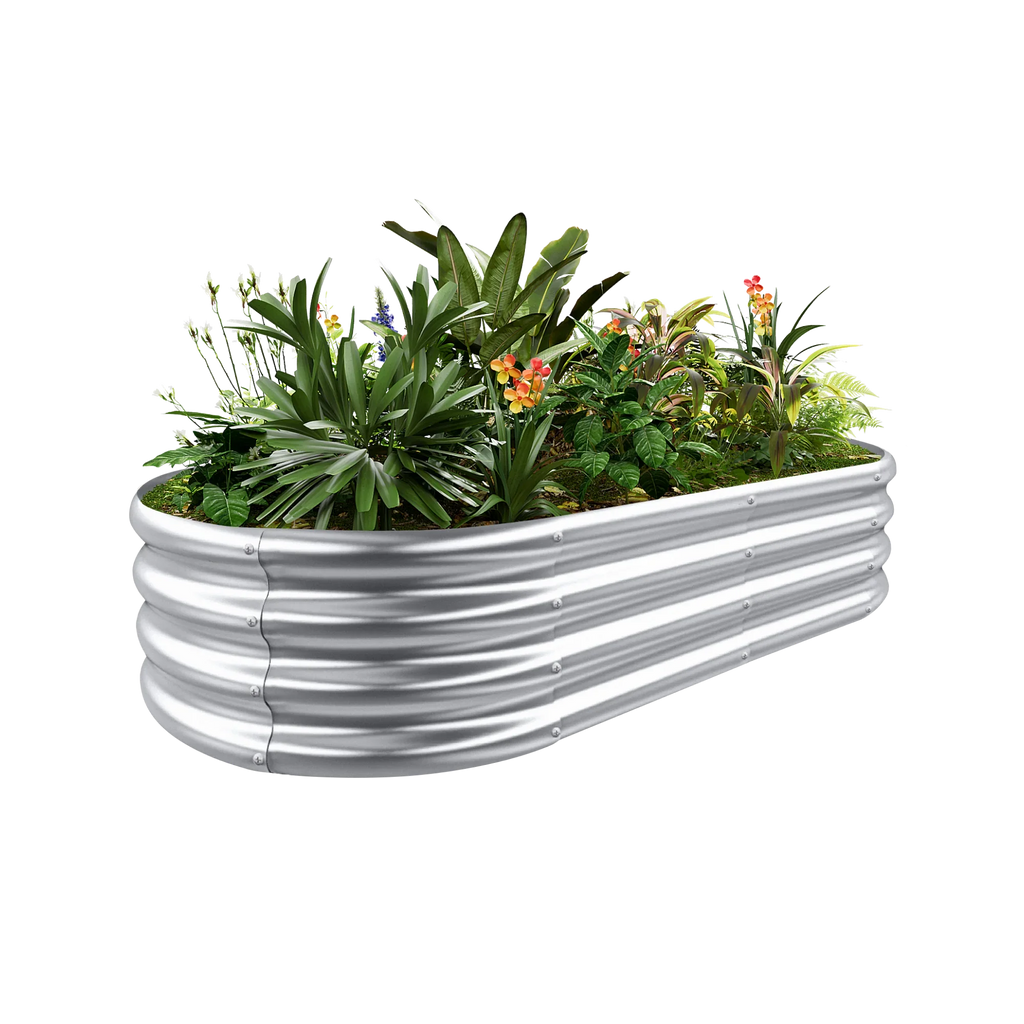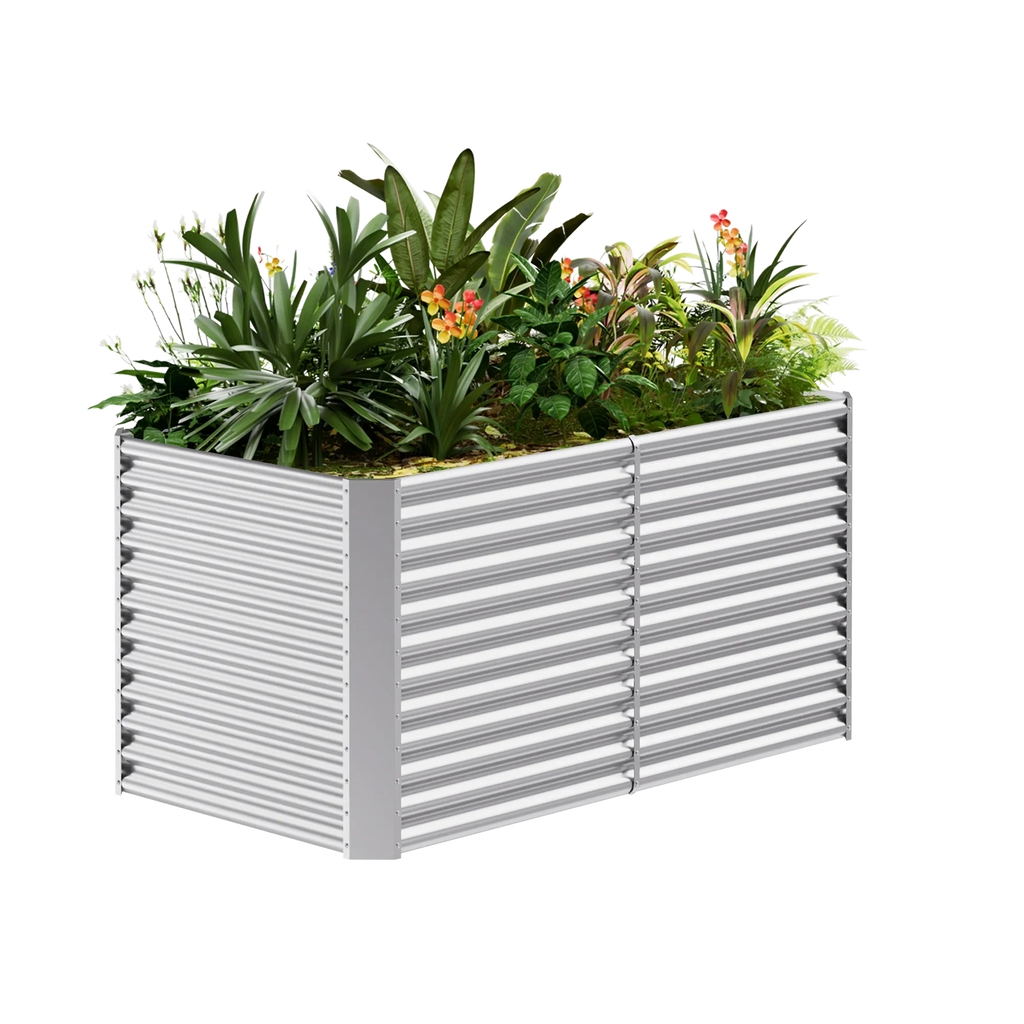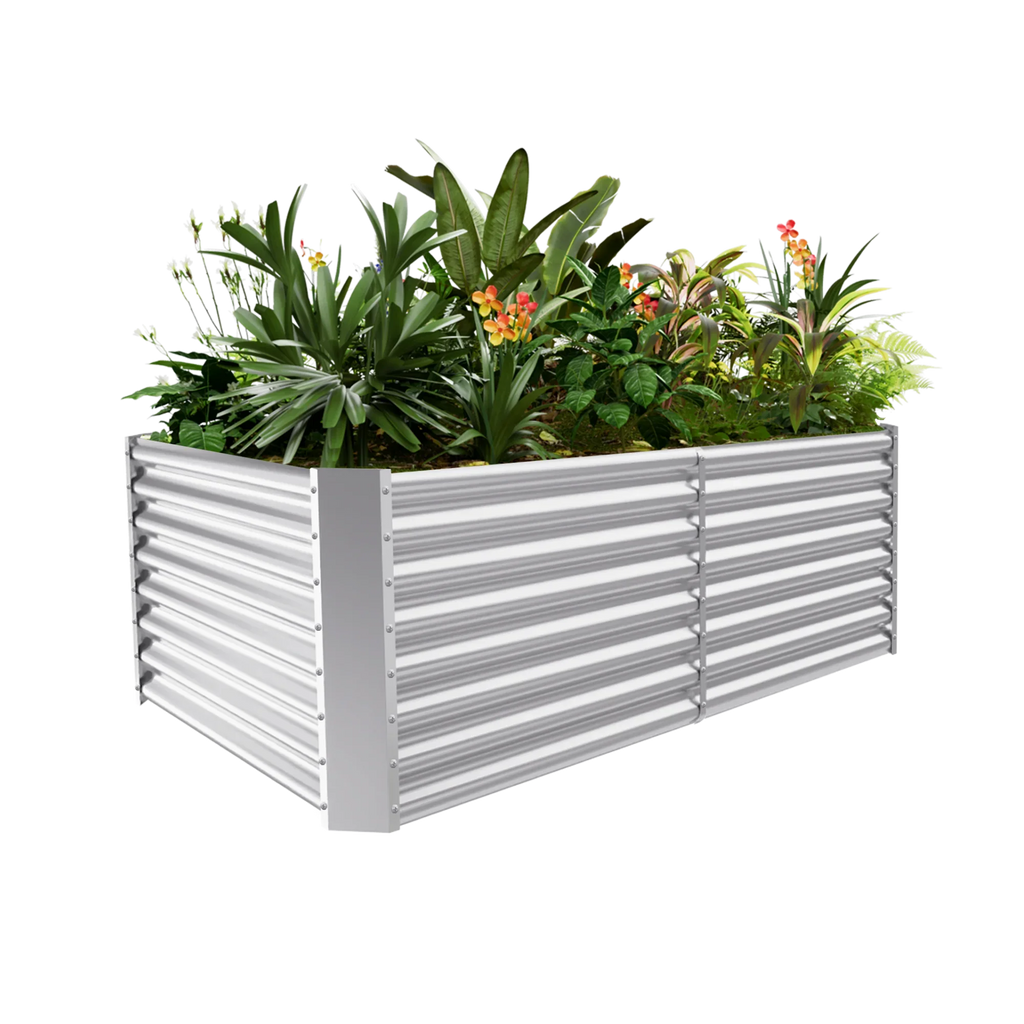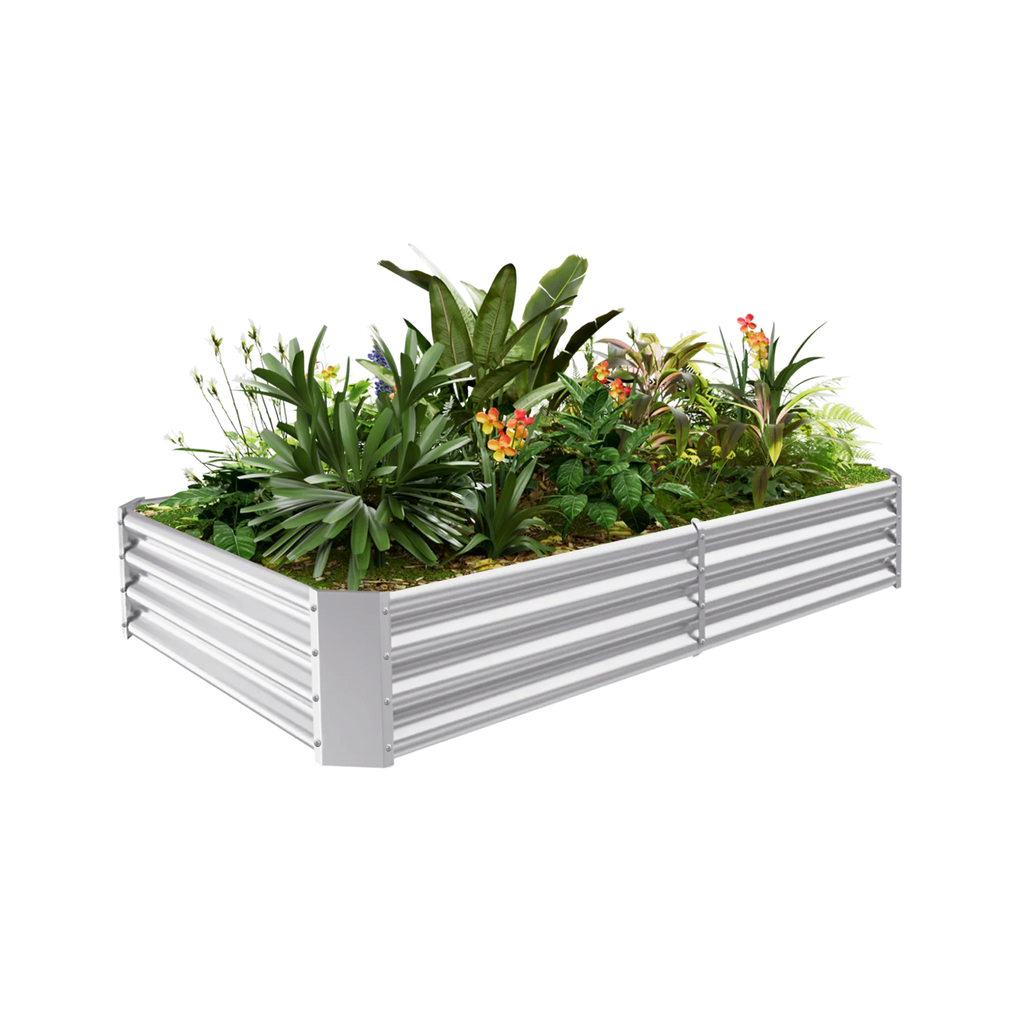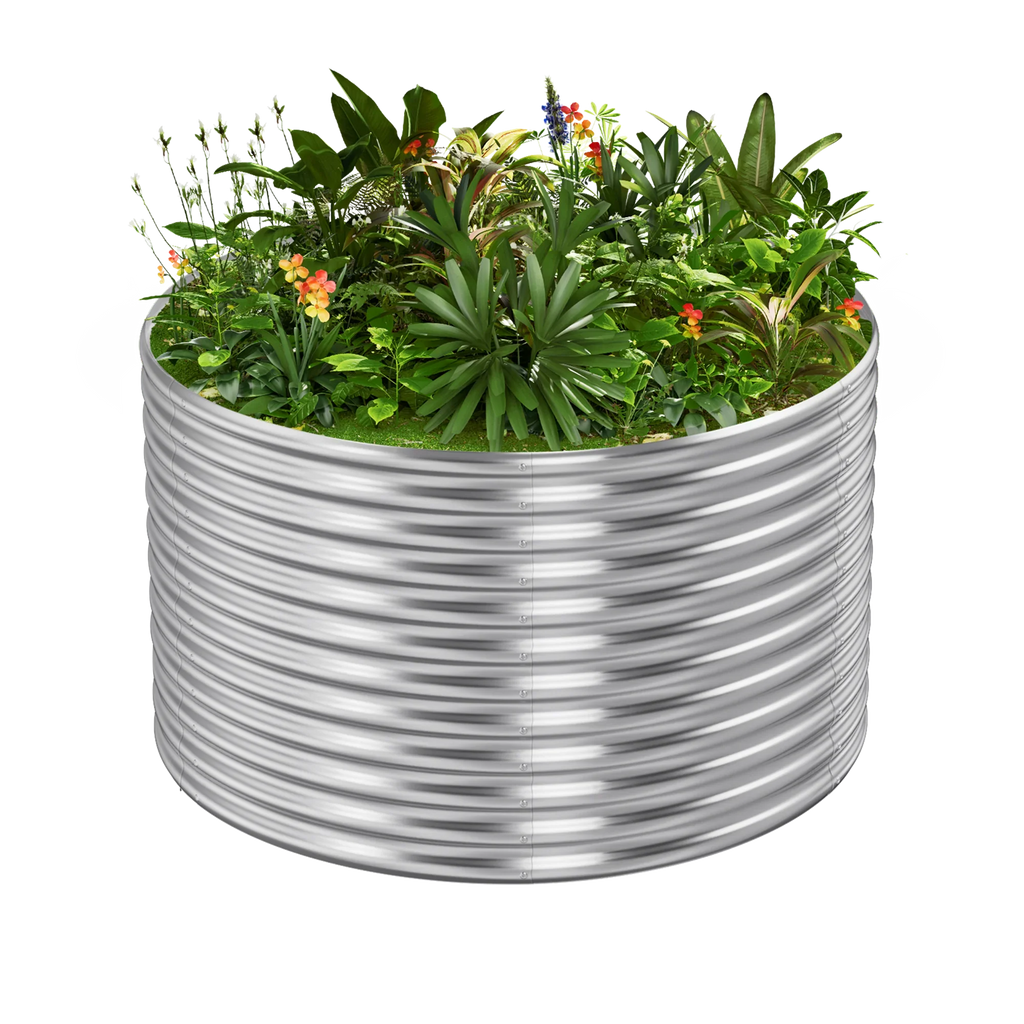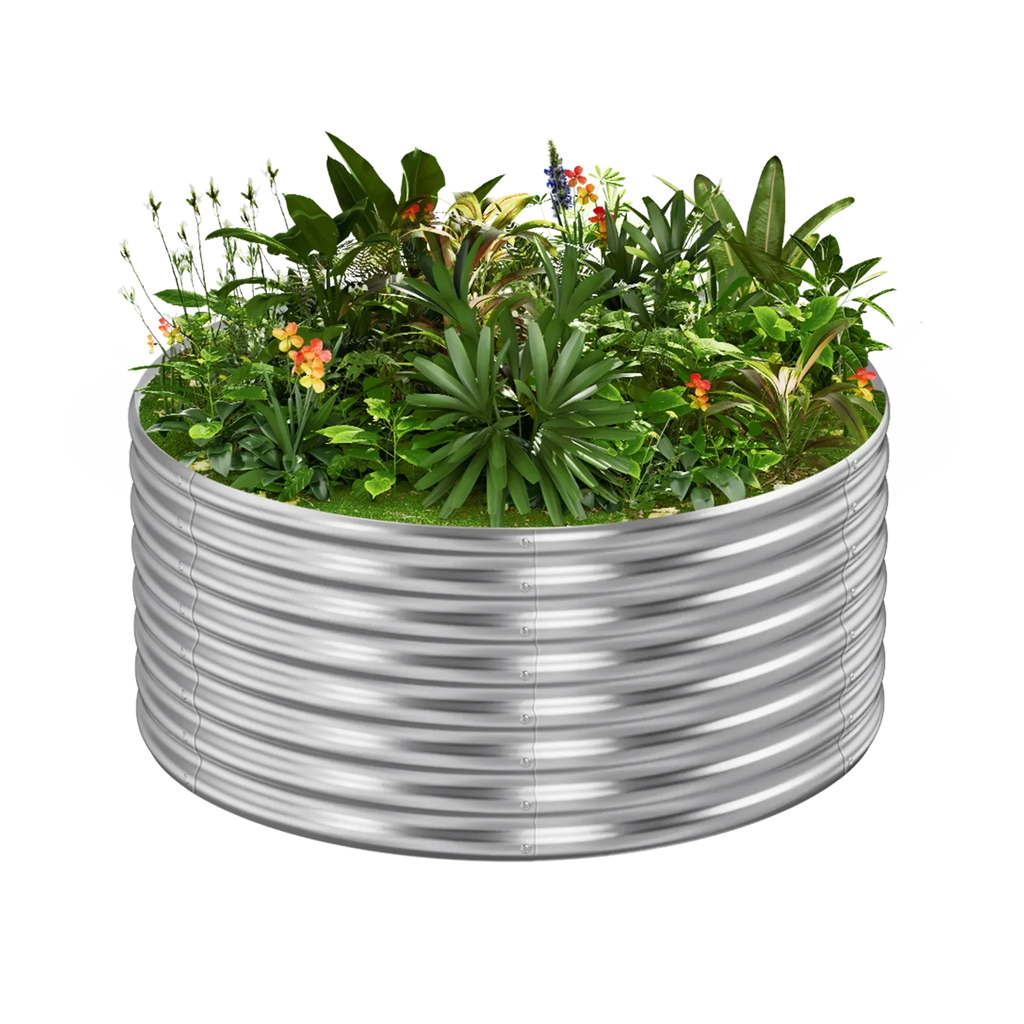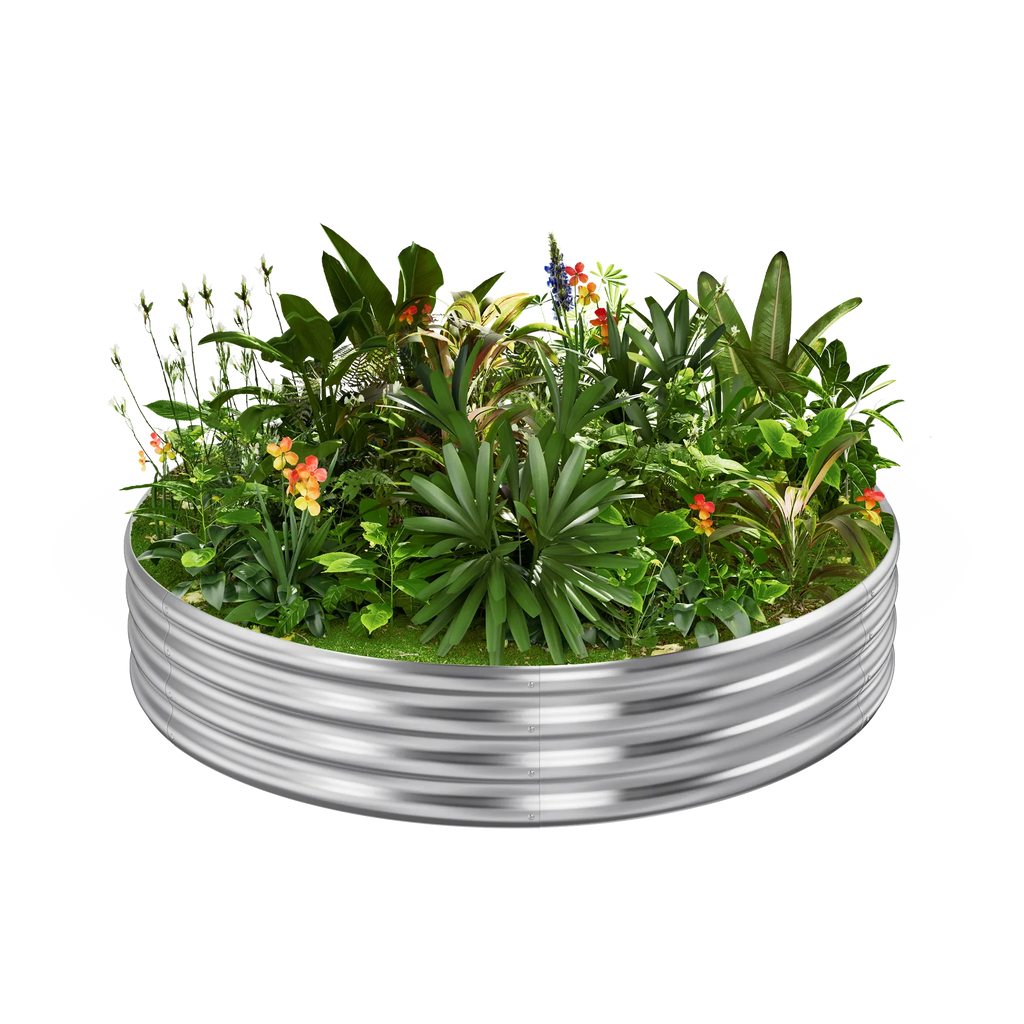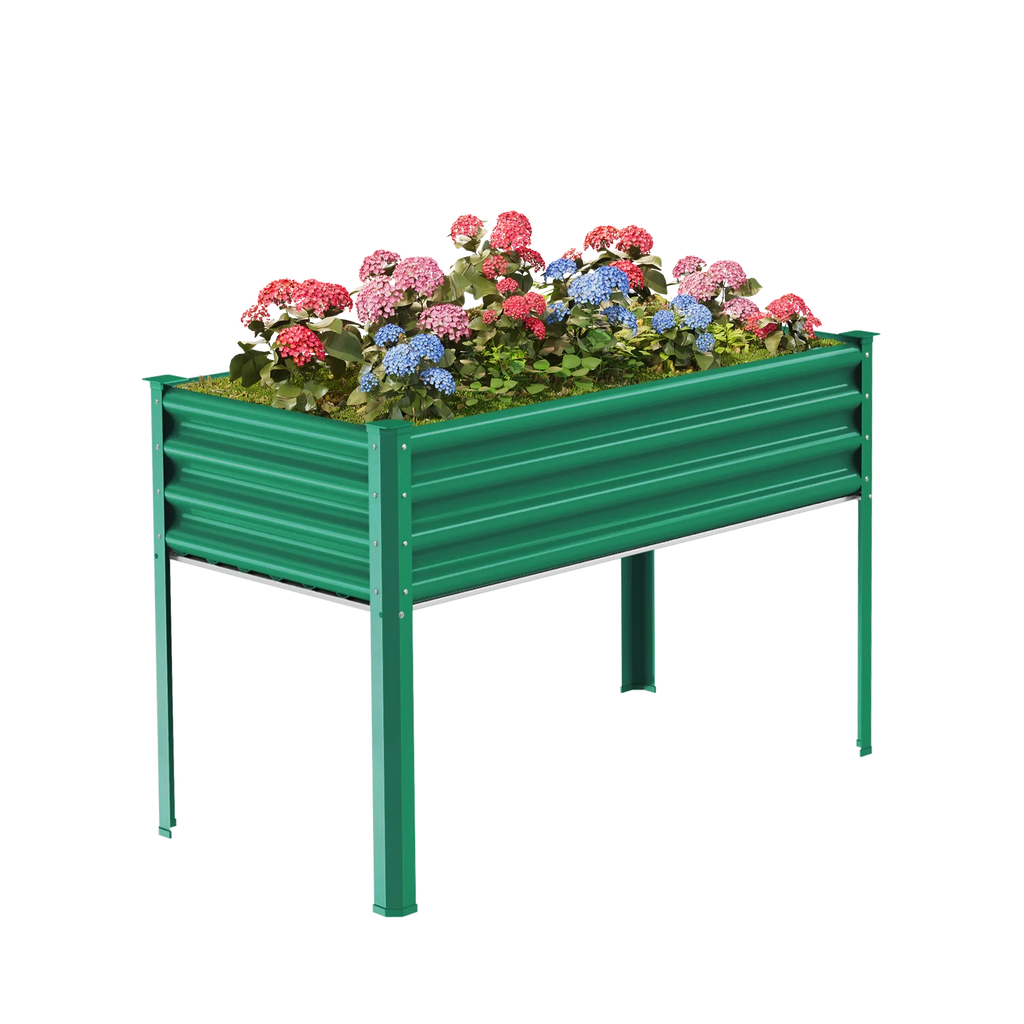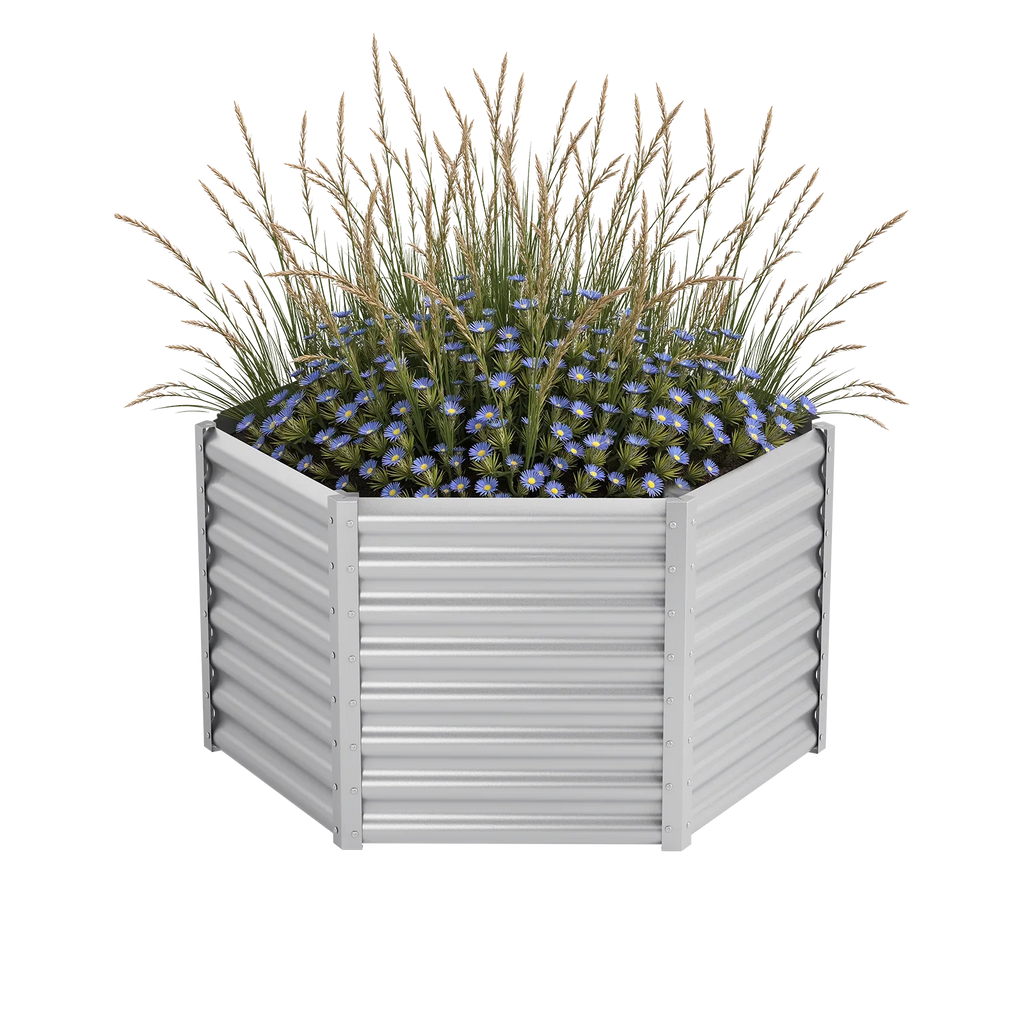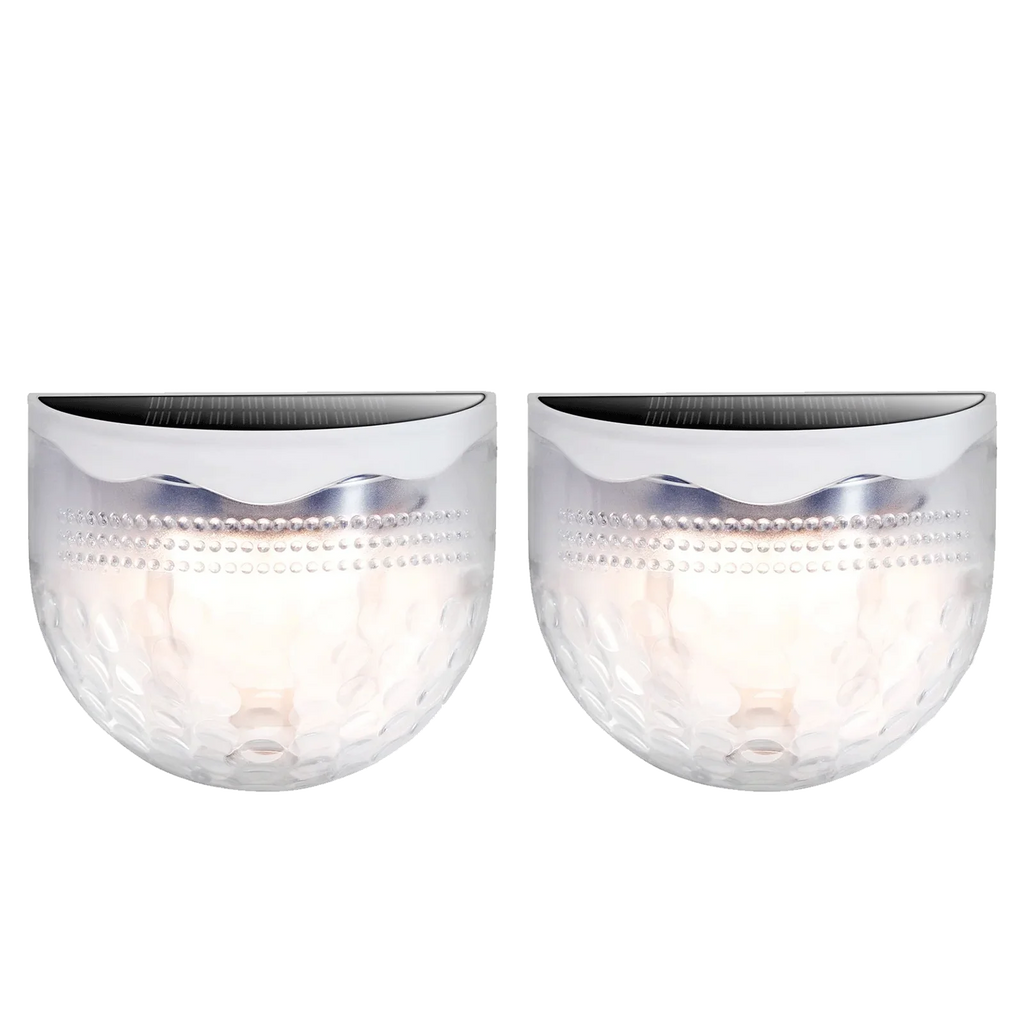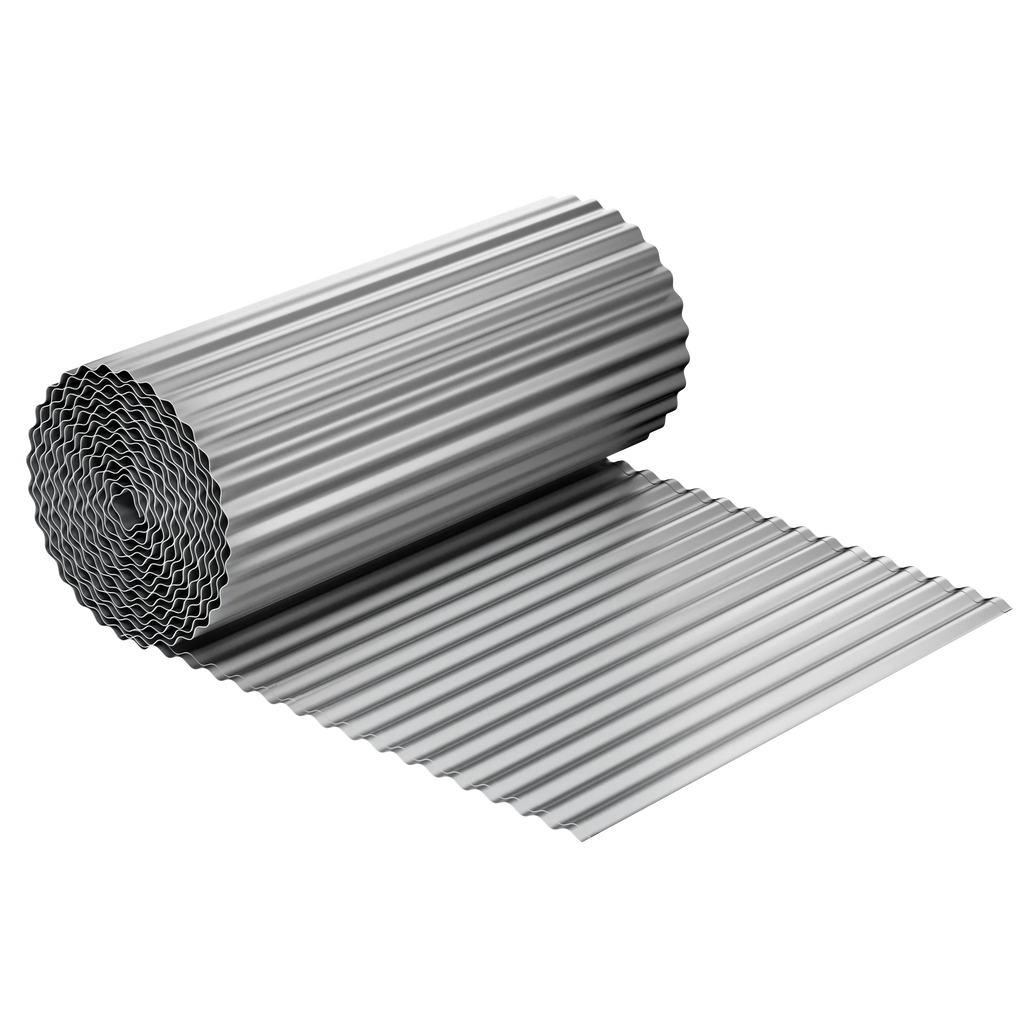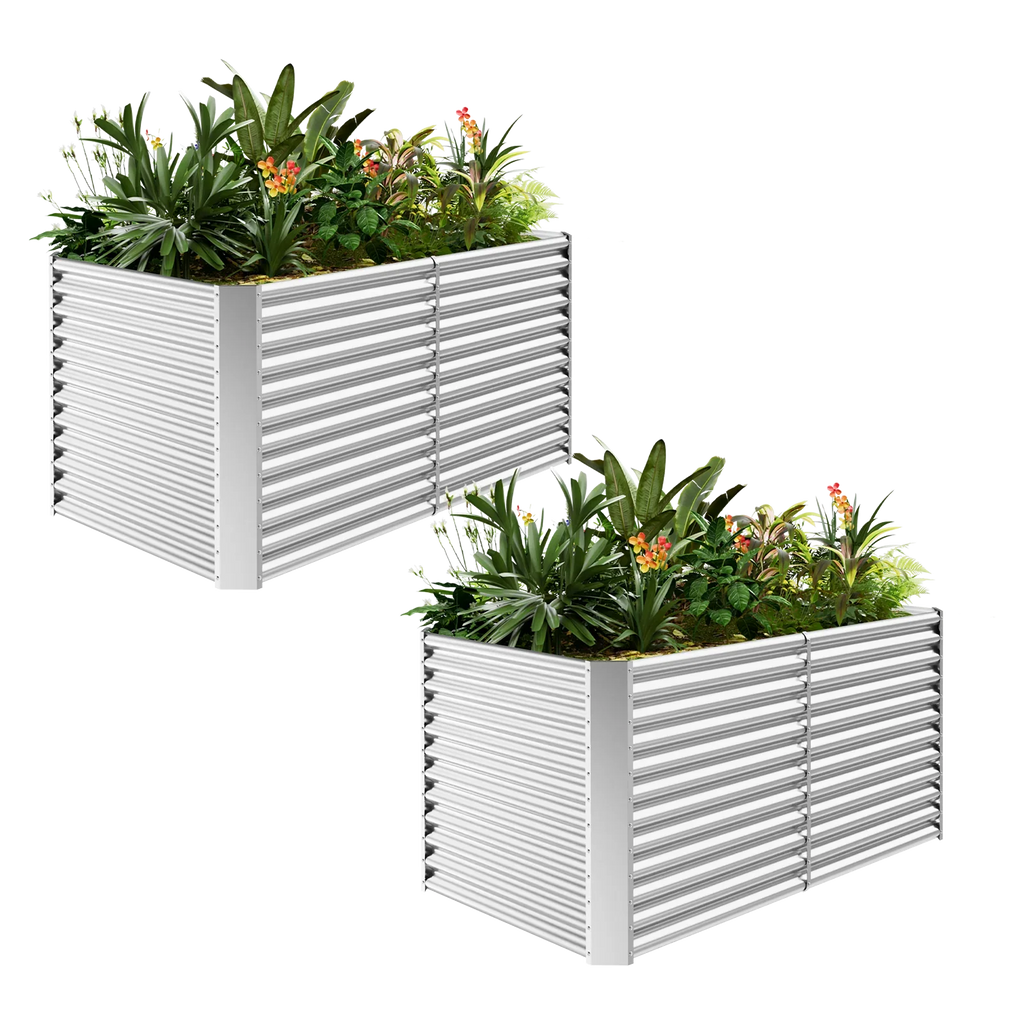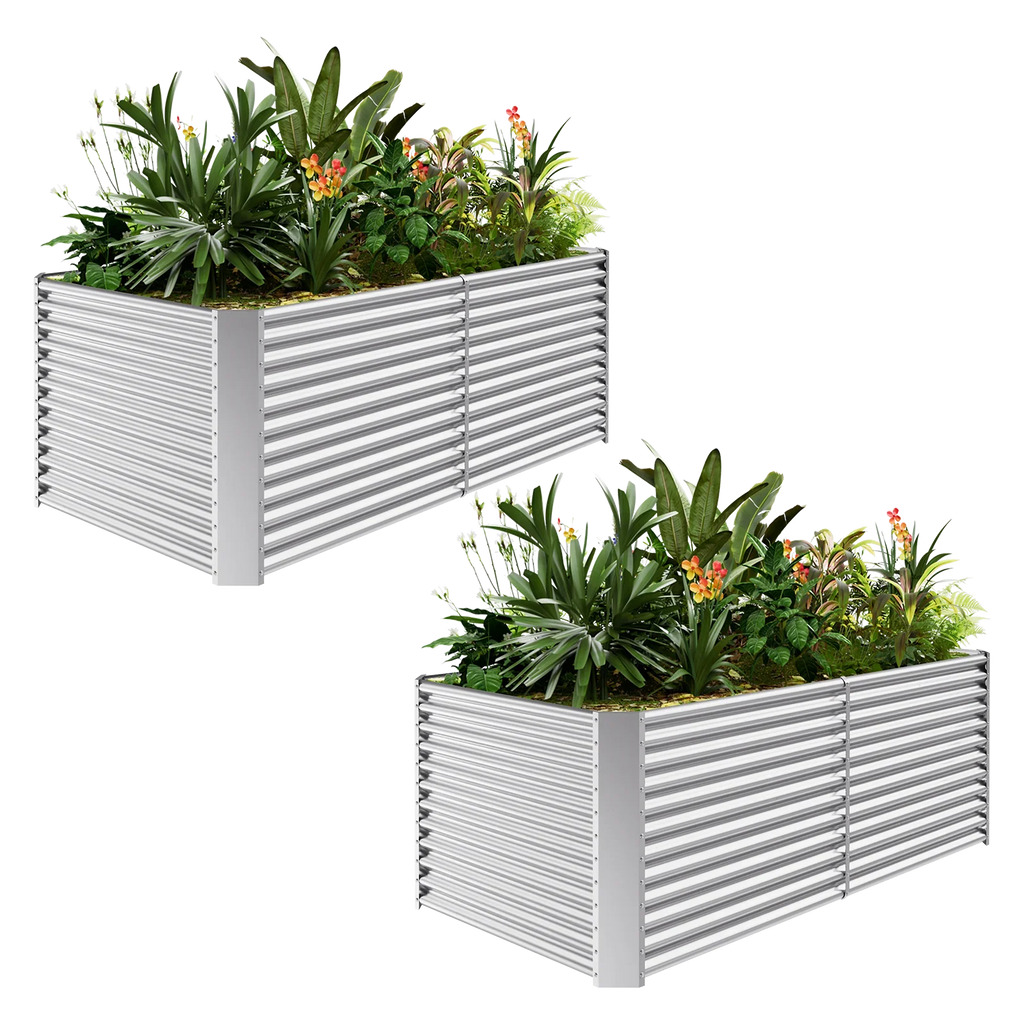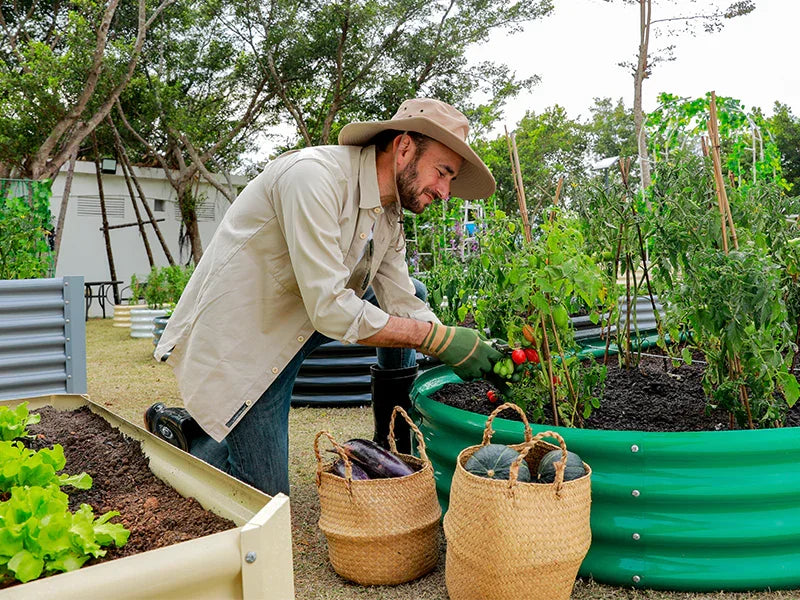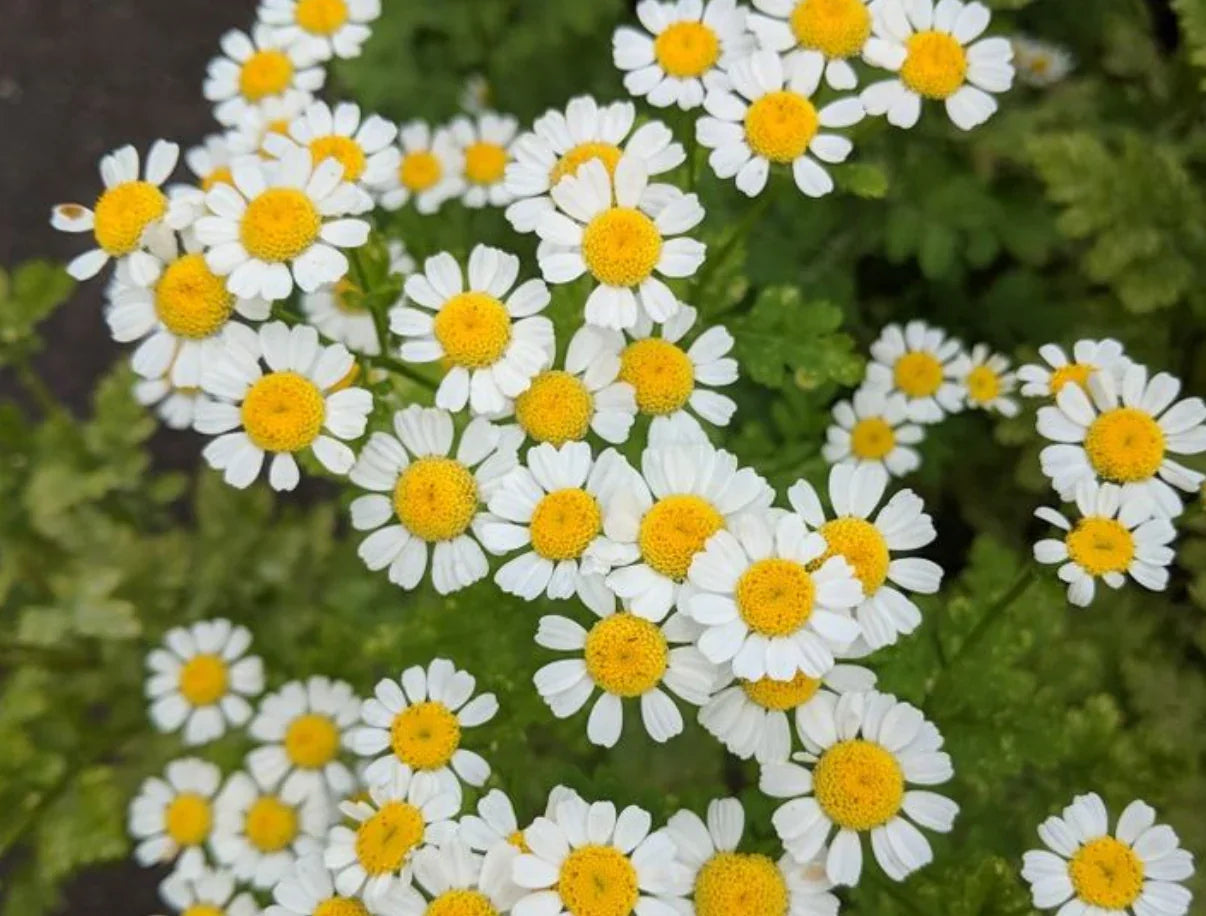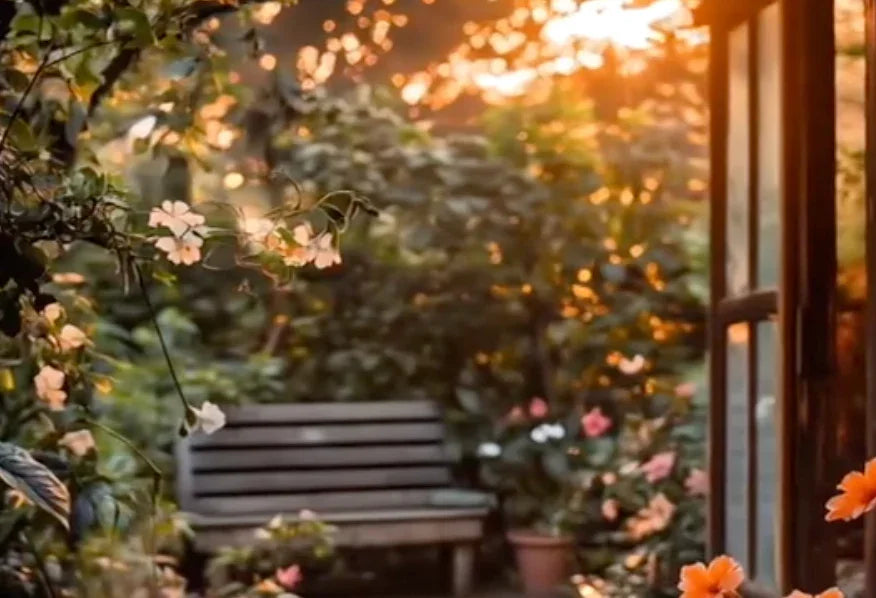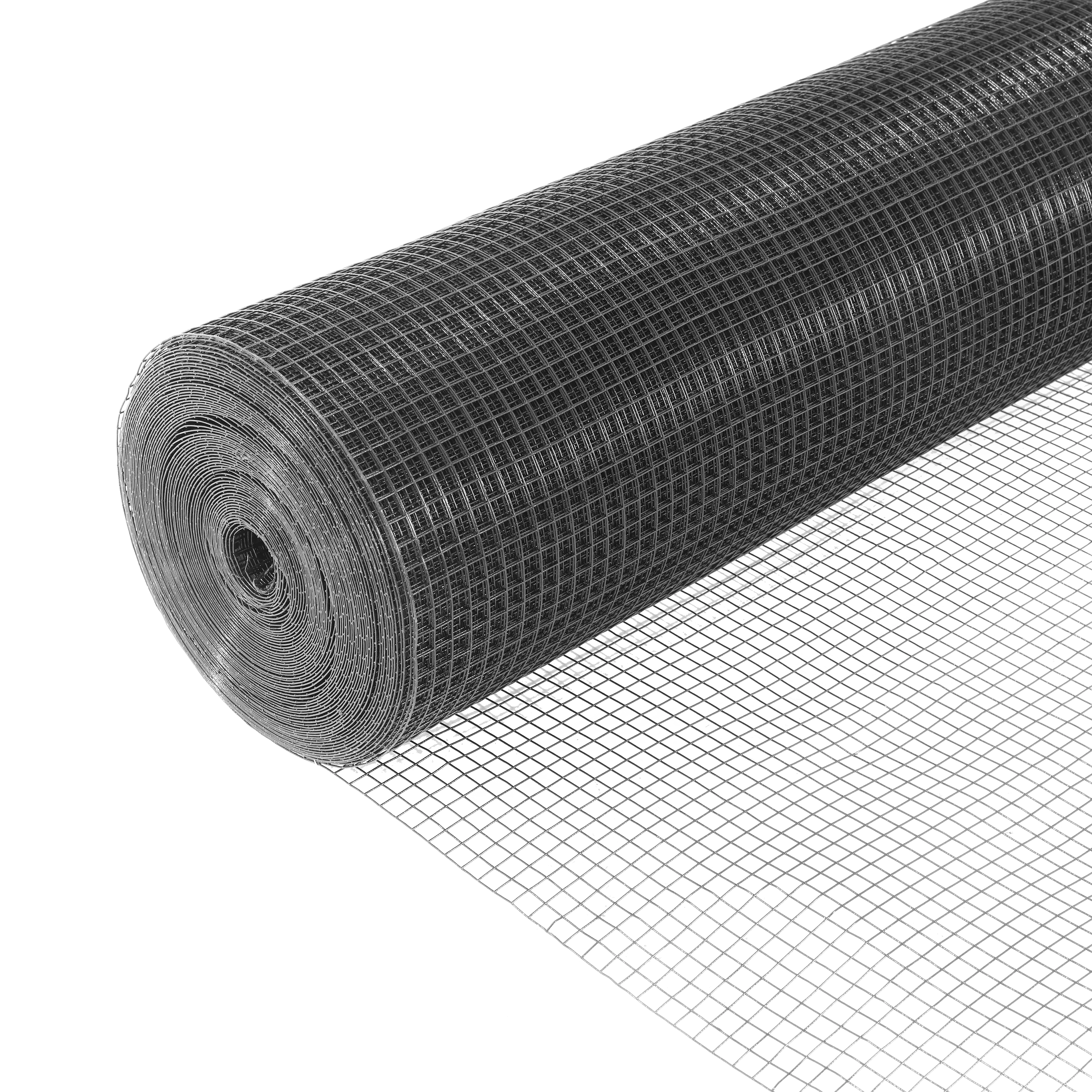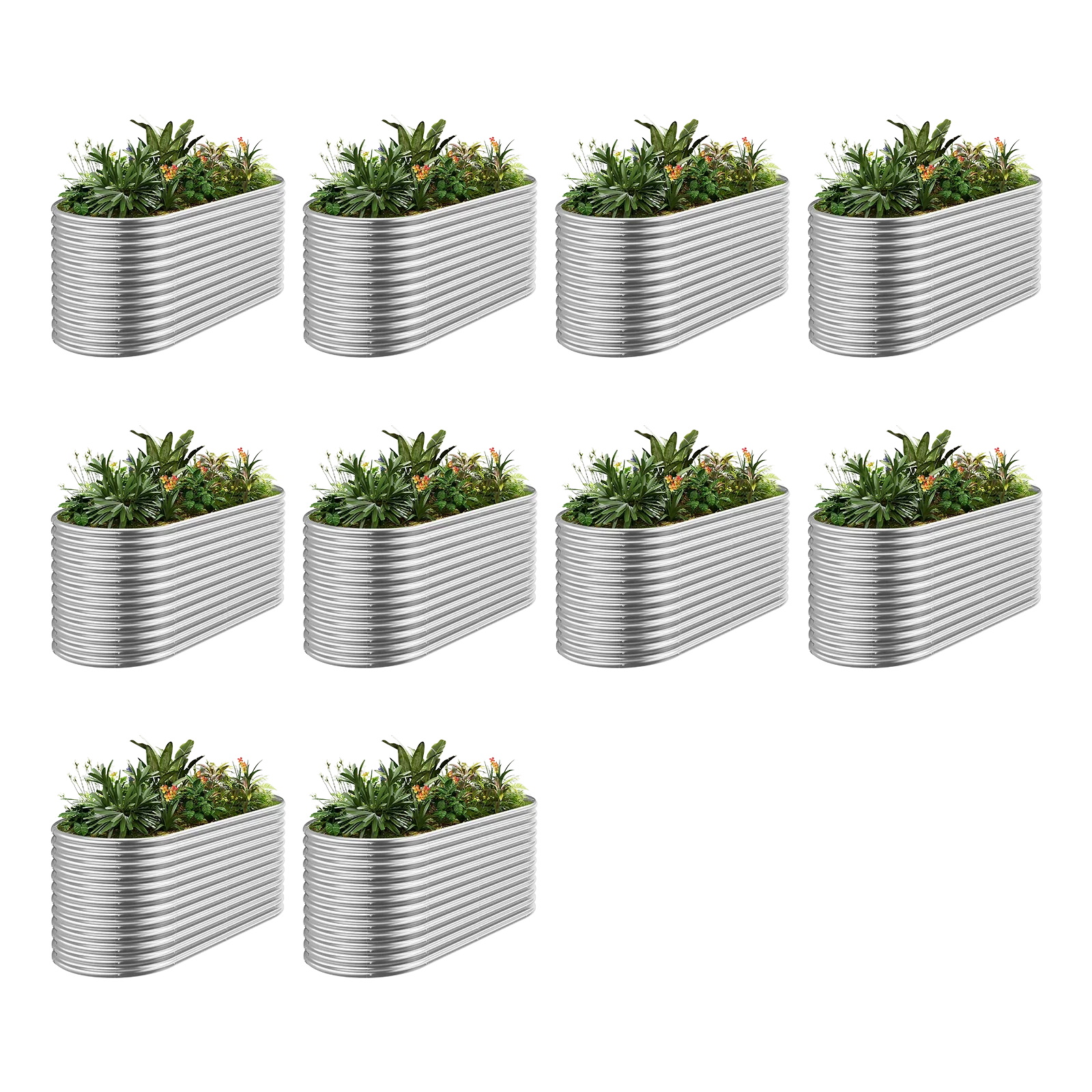Gardening in humid, muggy climates can feel like a battle, but it doesn’t have to be! Some plants thrive in sticky, moisture-laden air, turning that muggy energy into lush, vibrant growth. If you’re a U.S. gardener in states like Florida, Louisiana, or Georgia, these humidity-loving plants are perfect for your raised garden beds. In this guide, we’ll highlight the best smart plants that flourish in muggy air, share tips for success, and show how our garden beds can help you create a thriving garden.
Why Choose Plants That Love Muggy Air?
High humidity can stress many plants, causing mold, rot, or stunted growth. But certain species are built to soak up muggy air and use it to fuel their growth. These plants are low-maintenance, resilient, and ideal for gardeners facing hot, humid summers. When planted in raised garden beds, they benefit from better airflow, improved drainage, and controlled soil conditions—key to success in muggy climates. Let’s explore the top plants that turn humidity into growth power!
Top Smart Plants for Muggy Climates
Here are eight plants that thrive in humid, muggy air. Each one grows beautifully in raised garden beds, delivering color, texture, and resilience.
1. Ferns (Various species, e.g., Boston Fern)
Ferns are humidity superstars, with lush, feathery fronds that love muggy air. Boston Ferns, in particular, thrive in shade and moist conditions, making them perfect for raised beds in humid regions.
Pro Tip: Keep soil consistently moist but not waterlogged for best results.

2. Caladiums (Caladium spp.)
Known for their heart-shaped, colorful leaves in shades of pink, white, and green, Caladiums adore humid heat. These tropical perennials shine in partial shade and grow well in raised garden beds with rich, well-draining soil.
Pro Tip: Pair with ferns for a lush, layered look.
3. Hibiscus (Hibiscus rosa-sinensis)
Hibiscus plants burst with bold, tropical blooms in red, pink, or yellow, thriving in muggy climates. They love full sun and humidity, making them a stunning addition to raised garden beds.
Pro Tip: Prune lightly in spring to encourage bushy growth and more flowers.
4. Ginger Lily (Hedychium coronarium)
Ginger Lily’s fragrant white flowers and tall, lush foliage make it a standout in humid gardens. This perennial loves moist, muggy conditions and grows vigorously in raised beds with good drainage.
Pro Tip: Use its blooms in cut-flower arrangements for a tropical vibe.
5. Elephant Ear (Colocasia spp.)
With massive, heart-shaped leaves, Elephant Ears create a dramatic focal point. They thrive in humid, warm climates and prefer partial shade. Plant them in raised beds to prevent root rot in heavy rains.
Pro Tip: Fertilize monthly during the growing season for larger leaves.
6. Canna Lily (Canna spp.)
Canna Lilies offer vibrant flowers in red, orange, or yellow, paired with bold foliage. These heat- and humidity-tolerant plants are perfect for sunny garden beds in muggy climates.
Pro Tip: Deadhead spent blooms to keep the show going all summer.
7. Spider Lily (Hymenocallis spp.)
Spider Lilies produce delicate white flowers with long, spidery petals, thriving in humid, warm conditions. They’re low-maintenance and grow well in raised beds with moist, well-drained soil.
Pro Tip: Plant bulbs in spring for summer blooms that dazzle.
8. Peace Lily (Spathiphyllum spp.)
Though often grown indoors, Peace Lilies can thrive outdoors in shady, humid gardens. Their glossy leaves and white blooms love muggy air, making them ideal for raised beds in coastal areas.
Pro Tip: Mist leaves occasionally to boost humidity around the plant.
Designing Your Muggy-Climate Garden with Garden Beds
Raised garden beds are a must for gardening in humid climates. They improve drainage, prevent soil compaction, and give you control over moisture levels—critical for plants in muggy air. Here’s how to design your garden:
· Choose Durable Garden Beds: Opt for weather-resistant materials like cedar or composite to withstand humidity and rain. Our garden beds are built for tough U.S. climates.
· Layer Your Plants: Place taller plants like Elephant Ear or Canna Lily at the back, medium-height Hibiscus or Ginger Lily in the middle, and low-growing Ferns or Peace Lily at the front.
· Mix Textures: Combine bold Elephant Ear leaves with delicate Spider Lily blooms and feathery Ferns for a dynamic look.
· Add Tropical Accents: Incorporate mulch, river rocks, or bamboo edging to enhance the lush, humid-climate vibe.
Care Tips for Humidity-Loving Plants
These plants are smart, but they still need a little TLC to shine:
· Water Wisely: Most humidity-loving plants like moist soil, but overwatering can cause issues. Raised garden beds ensure proper drainage, especially during rainy seasons.
· Fertilize Moderately: Use a balanced, slow-release fertilizer in spring and summer to support growth without overwhelming plants.
· Prune and Clean: Remove yellowing leaves or spent blooms to improve airflow and prevent fungal issues in muggy air.
· Monitor Shade: Many of these plants prefer partial shade. Position garden beds to balance sun and shade for optimal growth.

